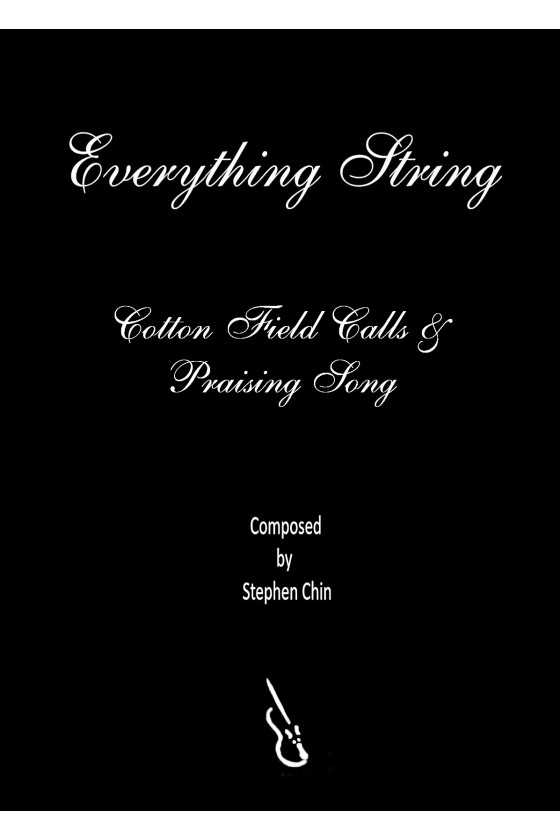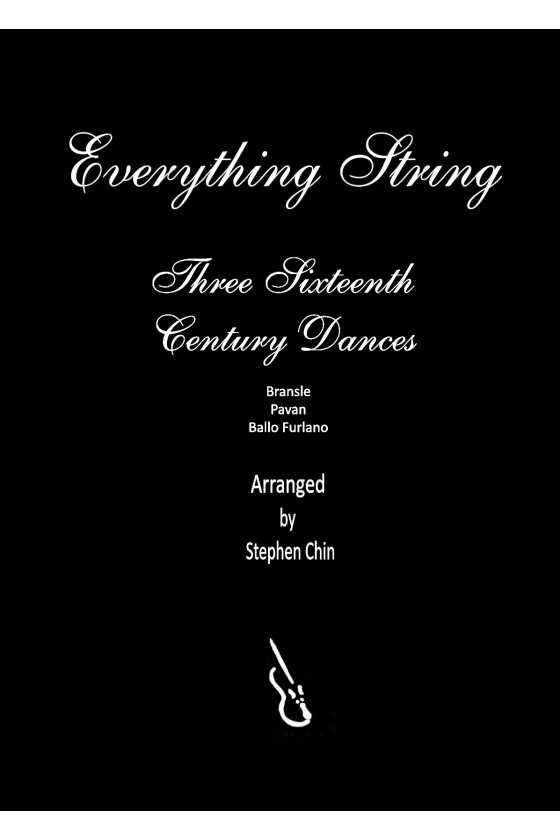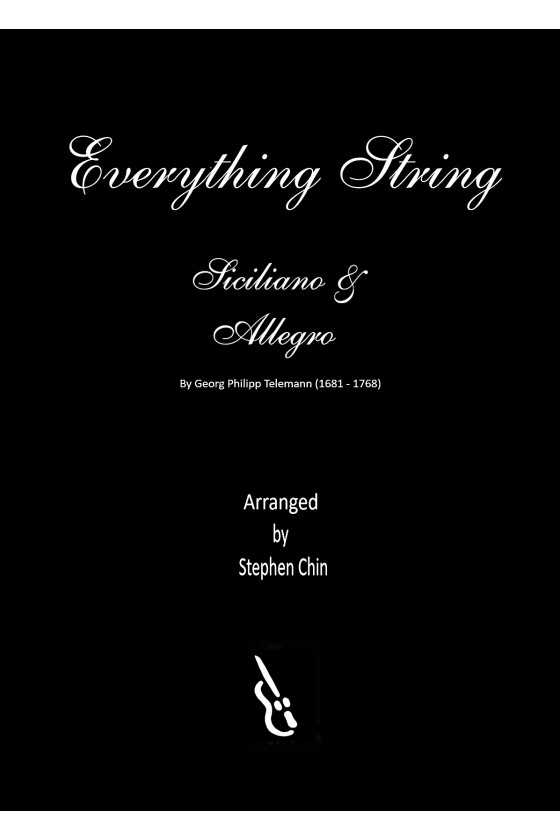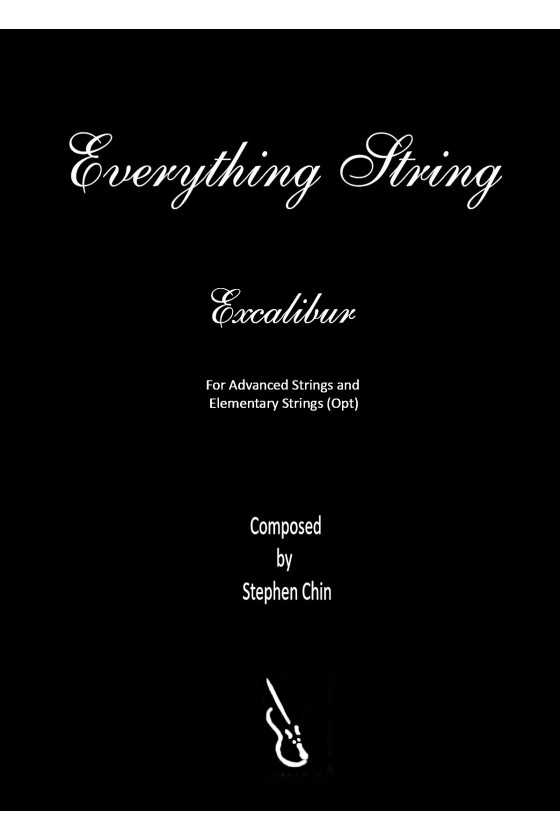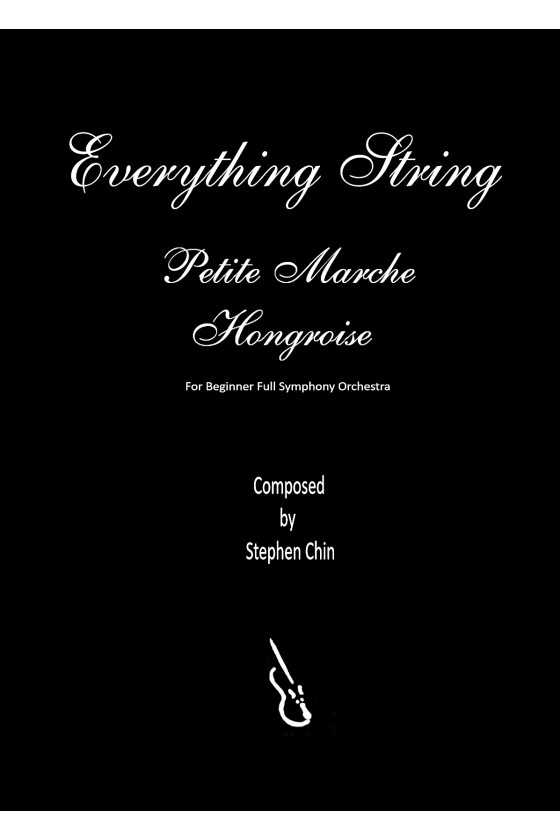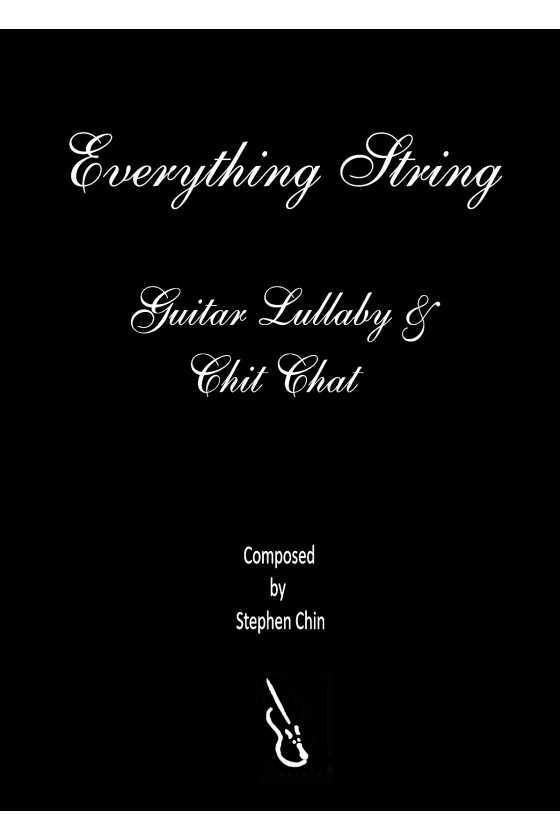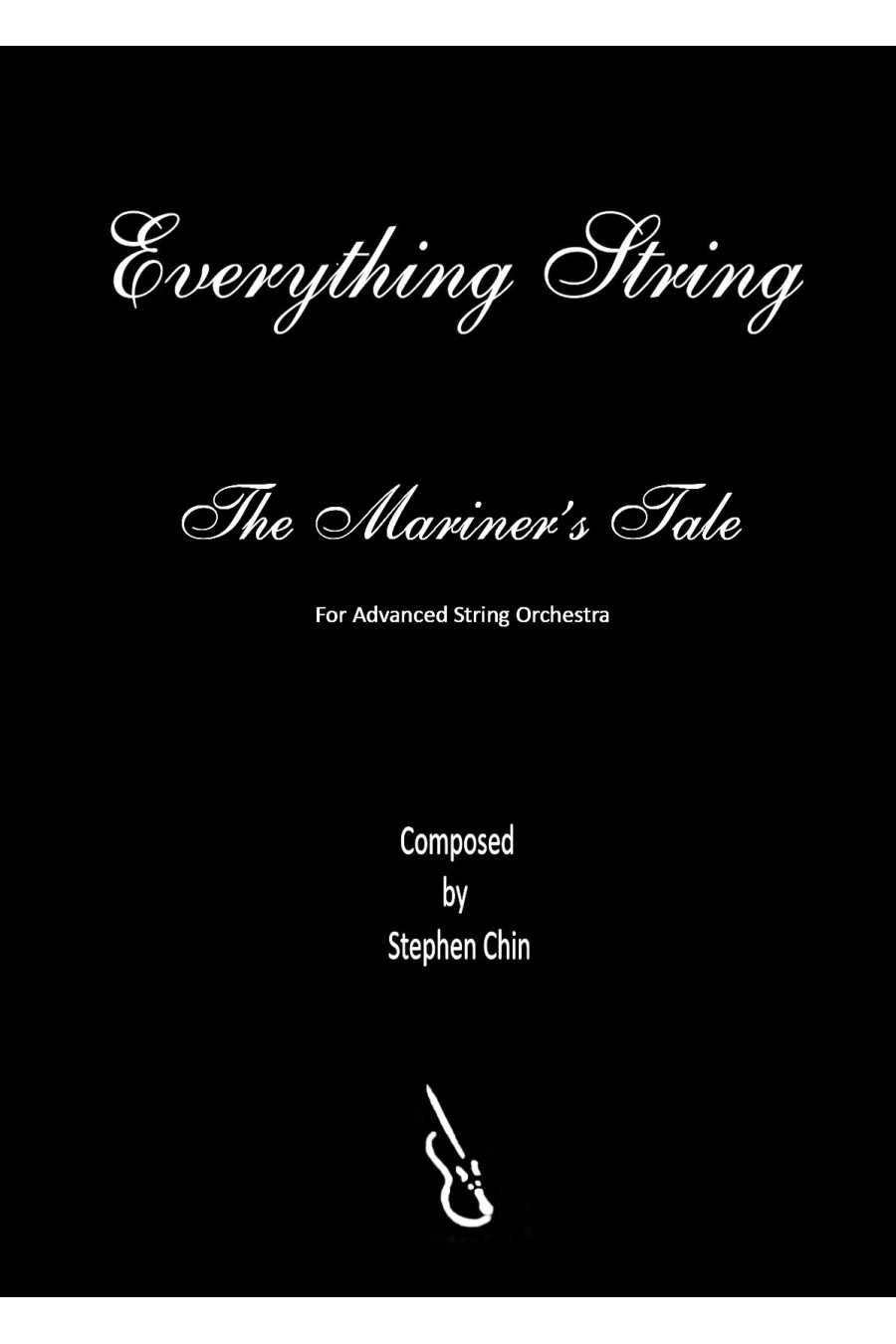
The Cliffs of Moher (Stephen Chin) for String Orchestra
The Cliffs of Moher, rising about 200 meters above the Atlantic on Ireland's west coast, are home to many birds and sea life, such as grey seals and dolphins. In this work, I aimed to capture the feeling of sea spray, the beauty of green pastures, and the vibrant atmosphere of nearby towns, using musical textures such as pizzicato, sustained notes, bass melodies, and a reflective violin solo.





